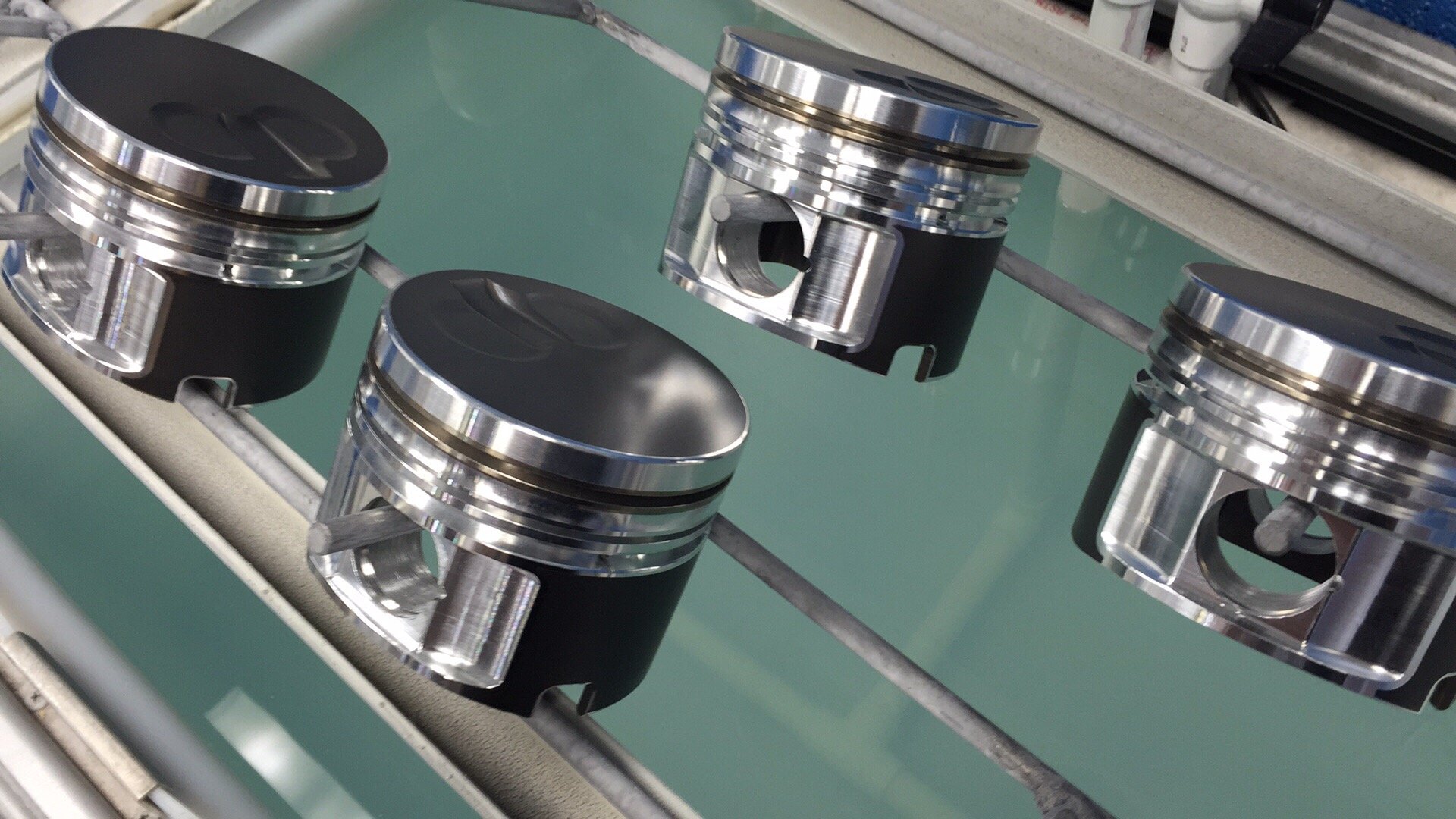It's common to hard anodize piston ring lands to prevent rings from micro welding to the pistons. Achieving a good layer is critical to ensuring ring flatness on the groove. I'm sure whatever plating they're using in the cylinders has a good mix of toughness, resistance to abrasion, friction, and the rings are matched to the features on the piston and cylinder liner.ispano6 wrote: ↑25 Oct 2020, 20:32I would not presume these PDFs represent what "kumasei mekki" is that was developed in partnership with Honda F1.godlameroso wrote: ↑25 Oct 2020, 15:06Yay you learned why they used Al to join boost pipes! Yeah rings top out at 1250 but you're right it would wear through the bore in no time. Typically that always happens when you run an engine without oil.Mudflap wrote: ↑25 Oct 2020, 13:45
600 HV is not even close to being suitable for a cylinder bore. The typical CrN coated piston rings come in at about 1750 HV give or take. If you were to run these in a high speed high BMEP engine they would tear through a 600 HV bore in no time.
The toughness of material is a measure of how much energy it absorbs before breaking so I'm not sure how that is relevant. All hard coatings are very brittle so they have very poor toughness. Typical aluminium has very good toughness on its own since it is very ductile with some grades easily exceeding 10% elongation before failure.

Start at 7:08 if you want to hear about piston ring groove anodizing.


